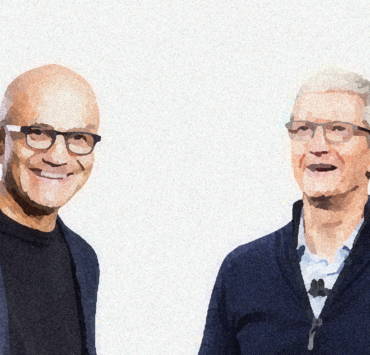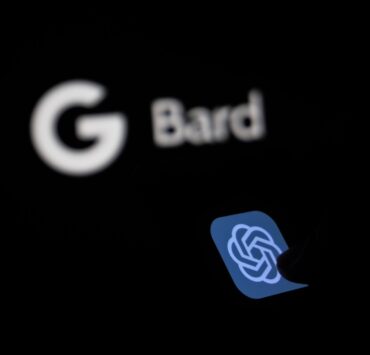
I take a special interest in the sign-off section of an email – the words at the end of a message, right before your contact details. I find this to be a largely untapped opportunity to add some personality to the communication. And (as you can probably tell) I appreciate emails with a touch of personality.
In this thought, I explore 4 notable sign-offs I’ve come across and learnt to appreciate. I look at why they’re impactful, and how they resonate with me.
Good morning, Good afternoon, or Good evening
Signing out with a greeting is an elegant way of maintaining formality. It brings the same in-person essence you get from ending a face-to-face dialogue in this way.
To avoid confusion, I use this sign-off when communicating with people in the same time zone as myself. This way, I don’t risk saying “Good evening” to someone who is receiving my message in their Morning.
It’s worth noting that this sign-off has a formal ring to it, especially in the English language. It carries a certain gravitas. I use it sparingly to underscore the seriousness of the message.
With Love
Although I haven’t used this one myself, I’ve been on the receiving end of it. It’s more common among brands that are looking to strike a personal connection with their audience. A rather bold display of affection on an otherwise dull communication channel.
And the results?
For better or worse this sign-off engenders a deeply personal connection. While brands may use it to signal their intended relationship with customers, I would recommend individuals only use it if it’s true to the nature of the existing relationship they share with the recipient/s.
No Sign-off
Sometimes people skip the sign-off altogether. The idea here is to keep it simple and minimise fluff. This approach typically goes with a brief message that delivers one or two main points.
If you’re not used to emails that skip the sign-off entirely and end with just a name, this ending can feel incomplete, and leave you wanting for more.
I tend to use this approach in one of two ways.
Firstly, when I receive a message in this style, I maintain it in my response to make the dialogue flow smoothly. Email is notorious for being open to interpretation, so I try to avoid introducing noise by changing the tone of the dialogue where possible.
In the second use case, I apply this no sign-off approach when I have a brief message and I don’t have the option of sending a chat. It’s a quick way to share a message without the abiding formalities of email etiquette.
Cheers
For a light-hearted conclusion, “Cheers” is a good way to end things on a friendly note. It’s not as affectionate as saying “With Love,” Nor is it as muted as the customary “Regards.” Many would consider it to be a healthy middle ground.
I end with Cheers when communicating with colleagues and stakeholders with whom I already have some rapport. This makes it true to the nature of our relationship.
Honourable mentions and final thoughts
Here are a few more recognizable sign-offs for good measure.
- Regards
- Best regards
- Warmly
- Warm regards
- Thanks
- Many thanks (my favourite)
The insight for me lies in the variety of options we have for signing off emails. It speaks to how varied we are as individuals, a crucial hint at how accommodating we need to be to build connections across divides.



